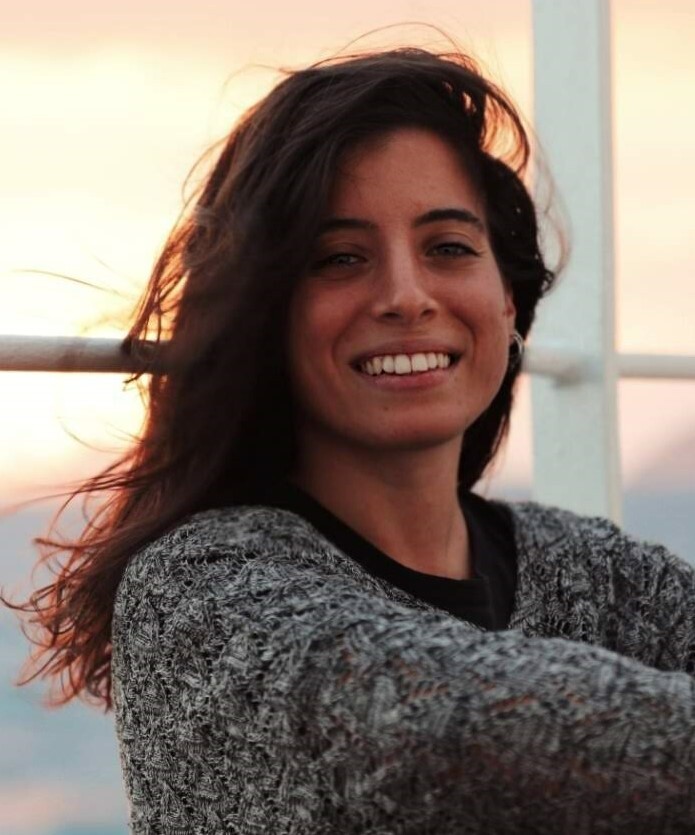 Research Fellow
Research Fellow
Stazione Zoologica Anton Dohrn
Sicily Marine Centre
Department of Integrated Marine Ecology (EMI)
Lungomare Cristoforo Colombo (complesso Roosevelt), 90149 Palermo - Italia
Tel.: +39 3493574860
E-mail: This email address is being protected from spambots. You need JavaScript enabled to view it.
Contatto Skype: This email address is being protected from spambots. You need JavaScript enabled to view it.
Supervisor: dott. Giacomo Milisenda
Appointed on project: CRIMAC
Research Interests
My main research interests focus on studying "Vulnerable Marine Ecosystems" (VMEs). Because these ecosystems build three-dimensional environments suited for many linked species, they are sometimes called "ecosystem engineers. These habitats provide favourable conditions for feeding, spawning, and reproduction, including for species of commercial and conservation importance. However, due to their life history traits are particularly vulnerable to various impacts. Their vulnerability, combined with the high biodiversity they support, makes them priority habitats for conservation through targeted management actions.
My focus is studying deep-sea VMEs using a combination of acoustic technologies (Multibeam Echosounder) and visual tools (Remotely Operated Vehicles - ROV) in different areas of the Mediterranean Sea. This research takes a multidisciplinary approach, combining taxonomy, spatial distribution, and ecological roles.
Selected Publications
• Palummo V, Milisenda G, Canese S, Salvati E, Pica D, Passarelli A, Spanò N, Romeo T and Greco S (2023). Effect of environmental and anthropogenic factors on the distribution and co-occurrence of cold-water corals. Front. Mar. Sci. 10:1272066. Doi: 10.3389/fmars.2023.1272066
• Palummo V, Milisenda G, Pica D, Canese S, Salvati E, Spanò N, Romeo T and Greco S (2024). Improving the knowledge base of Vulnerable Marine Ecosystems’ distribution in the Amendolara Bank (Ionian Sea). Mediterranean Marine Science, 25(1), 220-230. Doi: 10.12681/mms.35680










